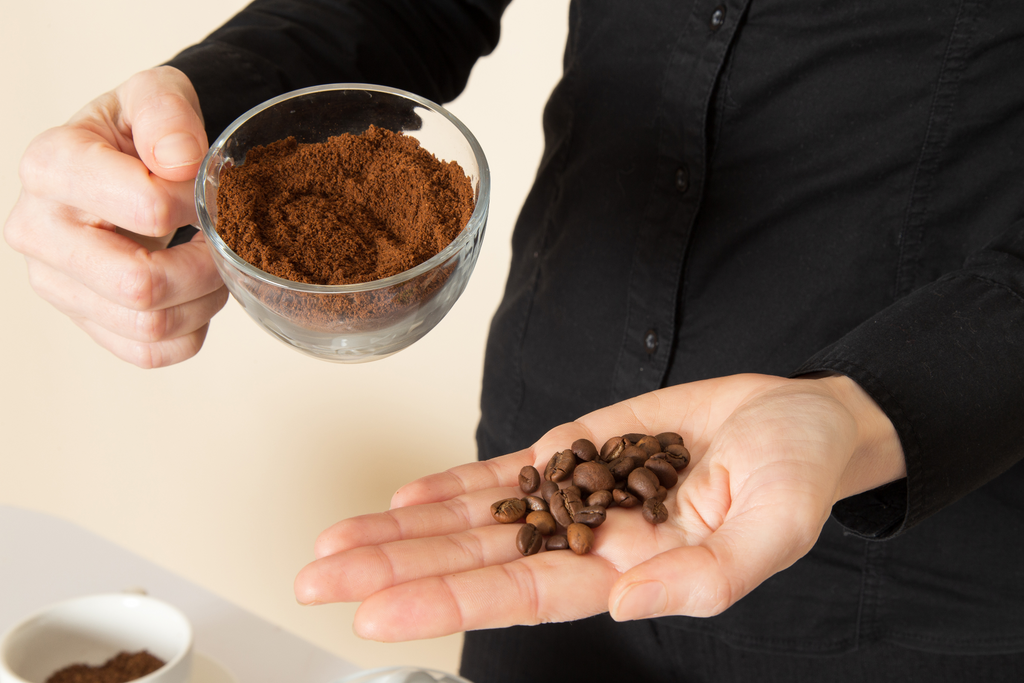
Why Fermentation Methods Matter: A Deep Dive into Blue Arrow Coffee’s Beans

Introduction
Coffee is more than just a morning pick-me-up—it’s a world of intricate flavors, aromas, and stories that begin long before the beans reach your cup. One of the most transformative steps in coffee production is fermentation, a process that significantly impacts the flavor profile of the final brew. At Blue Arrow Coffee, the use of innovative fermentation methods showcases their dedication to delivering exceptional coffee experiences. This blog explores why fermentation methods matter and how Blue Arrow Coffee’s approach elevates their beans to a new level.
Understanding Coffee Fermentation
What is Coffee Fermentation?
Fermentation is a natural process that occurs during coffee processing, where sugars and other compounds in the coffee cherry are broken down by microorganisms such as yeast and bacteria. This step is crucial for developing the unique flavors and aromas that define each batch of coffee.
Types of Fermentation Processes
Coffee producers typically use one or more of the following fermentation methods:
1. Washed (Wet) Process:
- The coffee cherries are depulped, and the beans are soaked in water to ferment.
- Produces clean, bright, and acidic flavor profiles.
2. Natural (Dry) Process:
- Coffee cherries are dried whole, allowing the beans to ferment inside the fruit.
- Creates fruity, complex, and full-bodied flavors.
3. Honey Process:
- A hybrid method where some of the fruit’s mucilage remains on the beans during drying.
- Results in balanced sweetness and acidity.
4. Experimental Fermentation:
- Includes anaerobic (oxygen-free) fermentation, carbonic maceration, and other innovative techniques.
- Produces unique and exotic flavor notes.
The Role of Fermentation in Coffee Flavor
Fermentation isn’t just a scientific process—it’s an art form that can unlock the full potential of coffee beans. During fermentation, microorganisms break down the fruit’s sugars, producing acids, esters, and other compounds that influence flavor. For example:
Acids contribute to brightness and tangy notes.
Esters enhance fruity and floral characteristics.
Alcohols add complexity and depth.
The method, duration, and conditions of fermentation determine how these compounds develop, creating a unique flavor profile for each coffee batch.
How Blue Arrow Coffee Utilizes Fermentation Methods
Blue Arrow Coffee’s beans are sourced from Peruvian farms where fermentation is treated as both a science and a craft. Here’s how their approach stands out:
1. Collaboration with Farmers
Blue Arrow works closely with farmers in Peru to ensure optimal fermentation practices. By sharing knowledge and resources, they help farmers experiment with methods that highlight the unique terroir of their regions.
2. Embracing Innovation
The team at Blue Arrow incorporates experimental fermentation techniques, such as:
Anaerobic Fermentation: Coffee cherries ferment in oxygen-free environments, resulting in intense and complex flavors.
Carbonic Maceration: Inspired by winemaking, this method enhances fruity and wine-like characteristics.
3. Sustainability Focus
Fermentation methods at Blue Arrow are designed to minimize waste and water usage, aligning with their commitment to sustainable practices. Natural and honey processes, for instance, reduce water consumption while producing distinct flavor profiles.
4. Showcasing Origin and Authenticity
Each batch of Blue Arrow Coffee reflects the region’s unique characteristics, from the soil composition to the climate. The fermentation process amplifies these qualities, offering a true taste of Peru in every cup.
The Impact of Fermentation on Blue Arrow’s Coffee
Unique Flavor Profiles
Blue Arrow Coffee’s focus on fermentation creates beans with unparalleled complexity. Some signature notes include:
Fruity Accents: Vibrant flavors of red apple, berries, and tropical fruits.
Sweet Undertones: Hints of butterscotch and honey.
Nutty Aromas: A satisfying finish of roasted nuts.
Consistency and Quality
Through precise control of fermentation variables, such as temperature, time, and microbial activity, Blue Arrow ensures consistent quality across batches while maintaining distinctiveness.
A Memorable Experience
From the first sip to the last, Blue Arrow’s coffee tells a story. Whether it’s the bright acidity of a washed process bean or the bold complexity of an anaerobically fermented batch, each cup offers a sensory journey.
Why Fermentation Matters to Coffee Enthusiasts
For coffee lovers, understanding fermentation adds a new layer of appreciation to their favorite beverage. Here’s why:
Flavor Discovery: Fermentation unlocks flavors that wouldn’t exist otherwise, expanding the possibilities for exploration.
Transparency: Knowing how coffee is processed fosters a deeper connection to its origins.
Supporting Artisanship: Recognizing the craftsmanship behind fermentation encourages support for ethical and high-quality producers.
How to Savor Fermented Coffee at Home
To fully appreciate Blue Arrow’s expertly fermented beans, try these brewing tips:
Choose the Right Method: Match the coffee’s flavor profile with an appropriate brewing method. For example, use an Aeropress for fruity beans or a French press for full-bodied blends.
Mind the Grind: Adjust the grind size based on your brewing device to extract optimal flavors.
Experiment with Ratios: Start with a 1:16 coffee-to-water ratio and tweak based on taste preferences.
Pay Attention to Water Quality: Use filtered water to let the coffee’s flavors shine.
Conclusion
Fermentation is the heart and soul of coffee’s transformation from seed to sip. At Blue Arrow Coffee, the commitment to mastering fermentation methods results in beans that not only delight the palate but also honor the craft and culture of coffee farming. By prioritizing innovation, sustainability, and collaboration, Blue Arrow Coffee continues to set the standard for exceptional brews. Whether you’re a seasoned coffee aficionado or a curious beginner, exploring the world of fermented coffee through Blue Arrow’s offerings is an experience worth savoring.





